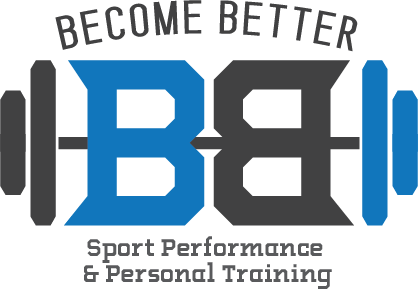What are you doing on these hot summer days? Some athletes are out on the field for practice. Some of you have to go out and do yard work and some might just be out floating a river on a kayak or boat. No matter what you are doing, the summer heat causes us to sweat and lose fluid that our bodies need to be replaced. When we sweat there are some key nutrients or electrolytes that we lose. These electrolytes specifically are sodium, chloride and smaller amounts of potassium, magnesium and calcium. Throughout this article we will speak about why it is important to stay hydrated, what can happen if you are not hydrated and how much/what to drink to stay hydrated.
The main question to be asked is, why should we stay hydrated? Heat illnesses are the major reason why we want to stay hydrated. In a CDC study, it was found that an average of 618 people die a year due to heat exposure. Heat illness is a spectrum of disorders due to environmental exposure to heat. It includes minor conditions such as heat cramps, heat syncope, and heat exhaustion as well as the more severe condition known as heat stroke. Sometimes, symptoms for these issues can go unnoticed until major implications or damage has already taken place. Some major signs that someone may be dehydrated are confusion, dark colored urine, dizziness, fainting, fatigue, muscle or abdominal cramps, nausea or vomiting. Some early signs can include flushed red skin, cool/clammy skin or no longer perspiring as the temperature continues to rise. This leads into our next question... what should we do to stay hydrated.
The obvious answer to the previous question is by drinking water. That one is a no brainer. Although that is correct, there is more detail needed to answer that question. Like how much water? When to drink the water? When is it appropriate to include a sports drink, such as gatorade. If you have to ask yourself about dehydration when doing a task, chances are that you have already begun the starting phases. To prevent this, it is appropriate to begin hydrating hours and even days upon an event or task taking place outside. For example, if you planned to go push the mower around the yard, cutting the grass on a 90 degree day, it would be best to begin hydrating as soon as you wake up. Same with athletes who are performing practice outside for multiple hours and even multiple daily practices. It would even be ideal to begin the night before. It is known around the MLB that when a pitcher has a scheduled start, they begin their hydration process 2 days in advance of taking the mound.
The amount of water needing to be ingested has fluctuated overtime. For the longest time we were told the 8x8 rule or 8 glasses of water that were 8 ounces each. Where this may have worked for a while and does to some degree, it is not fully correct. Not all of us are the exact same size. Those 8 glasses may work for someone who is 5’7’’ and 150lbs but what about the athlete who is 6’4’’ and 230lbs? They couldn’t suffice off 8 measly glasses. More research has come out showing that the amount of water needed varies from person to person. It now is shown that each individual should drink ½ of their body weight in ounces of water. So if you weigh 200lbs, you would need 100 ounces of water in a day to meet your needs. That is significantly more than the 64 ounces that have been suggested for many years.
Sports drinks are the other factor when it comes to hydration. Though usually containing more carbohydrates and sugars, these drinks can become very valuable after yard work, 2 a days for football or a marathon race. Like I said in the opening paragraph, we can lose electrolytes through our sweat and on days in the summer, more will be lost as you sweat more. Sports drinks can provide a very quick and easy way to replenish these electrolytes that water can not immediately. Examples of the most common sports drinks are gatorade, powerade, body armour and propel. These sports drinks can also provide a necessary spike in energy through carbohydrates to get back to that yard work or to continue a race.
The main point to be taken from this article is that heat illness is a dangerous issue to come across. It can hit like a wave without any warning but can be prevented very easily. These numbers given to stay hydrated are guidelines and recommendations but are important to help stay healthy and at the activities that are done on a daily basis.

